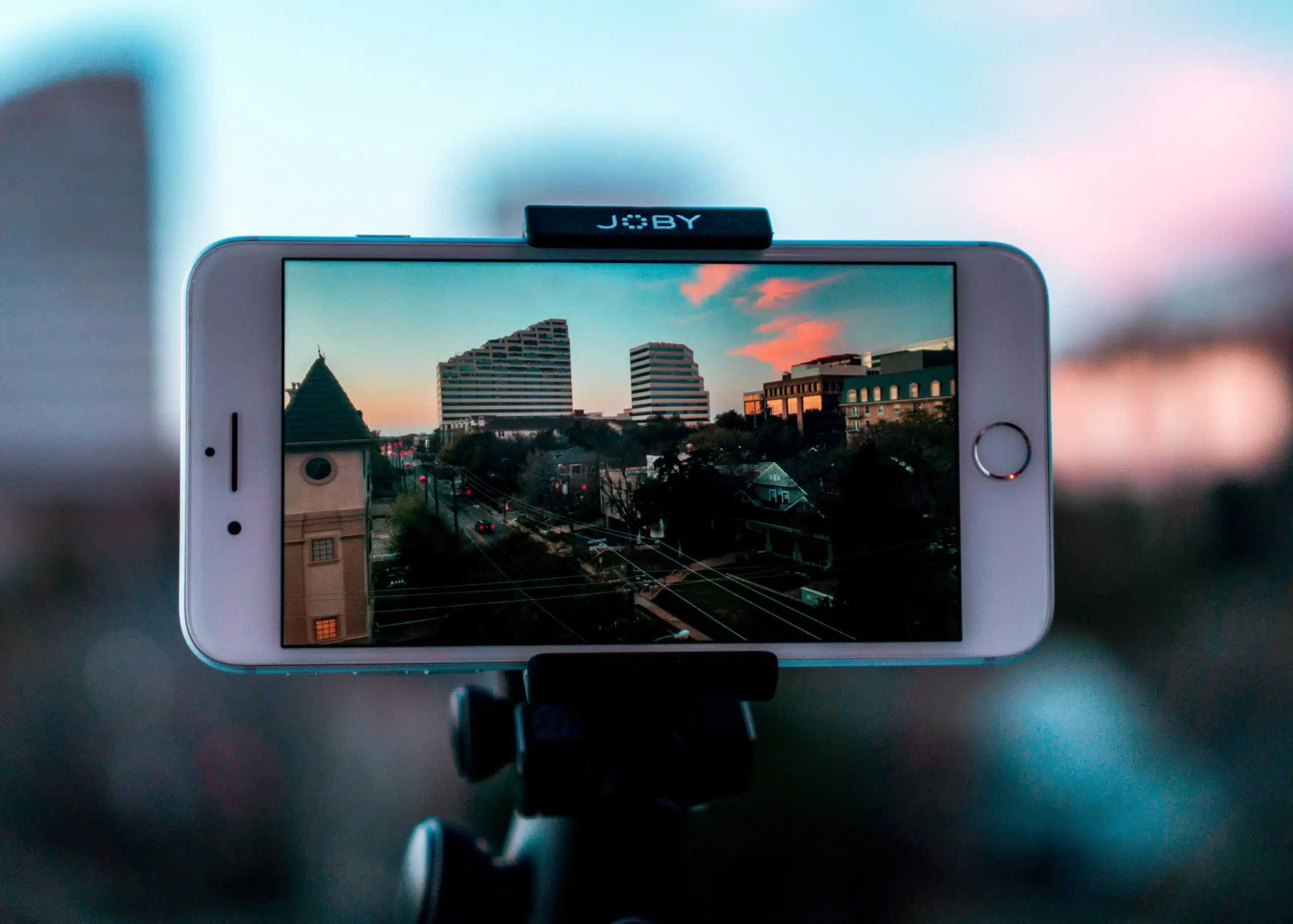5 Quick Ways to Use Content to Create a Compelling Personal Brand
2 comments
2 comments
Your personal brand tells people who YOU are, as a human being, and what expertise and unique value you personally offer.

In our digital age, where people spend hours on social media and are inundated with offers and ads, it’s become essential to create your own personal brand if you want to stand out from your competition.
I’m not talking about the brand that represents your business, such as your company name, logo, mission, and unique value proposition. This is about you, personally.
With a clear and compelling personal brand, you will:
You’ll also increase the visibility of your business, whether or not you’re the face of that business (such as many solo entrepreneurs, coaches, and service providers are). When people get to know who you are as an individual, they’ll then want to learn more about the work you do.
Sounds great doesn’t it? But how do you create and communicate a personal brand without spending hours on it every day?
Before you can build your personal brand’s reputation, you need to identify your ideal target audience and the define the details of your personal brand. You can do that by answering these questions:
Consider your answers and then craft a concise description of your personal brand. You can use this formula to help write that statement:
“I help [your target audience] who want [their desired outcome] by [how you help/your expertise]. My [clients, customers, etc] love that I [your uniqueness]. In my free time, I [something personal].”
Here’s one example that describes me:
“I help business coaches who want to create their own courses by giving them the materials they need to get started. They love the personal support and practical tips I share from my 25+ years as a course creator and as someone who’s been in their shoes. I’m all about saving time and automating tasks so that I can continue to travel and work from anywhere in the world while still growing my business.”
And here’s another approach:
“I’m a former corporate learning consultant turned done-for-you content provider. I help business coaches quickly launch their own courses without having to create anything from scratch. At the same time, I travel the world and run my business from wherever I am at that moment.”
Once you know who your ideal audience is and the personal brand image (and message) you want to convey, you’ll be able to create interesting and relevant content for them.
The primary vehicle to building your personal brand is your content. Through your content you are going to be able to communicate your values, personal brand message, and uniqueness. You’ll spread awareness of your expertise and build those essential relationships you need to grow your business.
And while there are certainly times when you’ll need to develop larger pieces of content, there are some quick things you can do on a regular basis.

People with highly successful personal brands usually have their own website and blog with their name as the domain. And with your own home on the web, you can publish regular content that communicates your values and educates on your topic.
Once you have your site set up, spend a little time each week adding content to it, such as blog posts, images, tips, and stories.

You can share things like:
One of the first things people do when they encounter you is look up your name. You need to take control of what they see.
By having your own website or blog and publishing consistently, you’ll ensure that searchers find the right information, message, and image you want to communicate about yourself.
Since people spend so much time on social media, it’s a prime place to expand awareness of your personal brand, build your influence, and drive traffic to your website and generate leads for your business.
But social media can also drain your time budget if you’re not careful.
The key to using social media to build your personal brand is to have a focused strategy, set time limits, and do a little every day.
Follow these tactics for maximum impact in the least time:
Another huge benefit of building your personal brand on social media is that you can get support from peers and build a professional network that’s separate to any business you own or are employed by.
Aside from engagement on social media, simple Q&A activity is one of the quickest ways to build your personal brand.
Spend a little time identifying websites, forums, blogs, and communities on social media where your target audience spends time.

Then check in with those on a regular basis to see if there are questions you can answer or comments you can reply to.
Don’t forget to spend time on platforms that your fellow influencers run. By engaging on those, you’ll increase your visibility with people who can have a valuable effect on your success.
And with a clear personal brand, you’ll be able to show them exactly how you can help them and they can help you.

Video is one of the most popular forms of content and the best way to show people your human side. It’s a form of content you can’t ignore when it comes to building your personal brand because people get to see and hear you and know you’re a real person.
What types of videos can you quickly create and share? Try any of these to start with:
You can create your own YouTube channel as the home for your videos. But also be sure to share them in other places, such as your other social media platforms and your blog.
Video is essential for personal branding since viewers can see and feel the passion you have for your topic through your voice, face, and gestures.
Sharing short videos doesn’t take long once you’ve done a few. And it reinforces the personal connection your audience craves, building trust and spreading your personal brand message along the way.
You don’t have to stick to your own platforms to build your personal brand. Work with other relevant people in your field to expand your reach.

You can start by collaborating with others and sharing your content in the form of articles, interviews, and guest blog posts on other people’s platforms. That will help you reach a whole new audience and it doesn’t have to take a lot of time.
For example, being a guest on someone else’s podcast gives your personal brand more visibility and all you have to do is show up!
Then, build up to creating more complex pieces of content such as webinars, podcasts, or even writing a book. Obviously, those are more time-intensive content projects, but you can start making a plan for those now and work them into your schedule.
As you start creating content for your personal brand, keep the following in mind:
Be Yourself – You will need to share a little information about your personal life such as family, friends and hobbies, but you don’t have to overshare. Find the perfect balance that you’re comfortable with.
Focus on Your Audience – While your personal brand is, by definition, about you, your focus should still be on your audience. Once you’re defined your audience and brand message, create your content based on what they would want to see. What information would help your ideal customer? Also consider their preferred method of communication and try to incorporate more than one format. For example, offer a text script with your video, or insert a short video into a written blog post.
Stay Relevant to Your Personal Brand – It can be tempting to talk about everything you’re interested in or good at. But always keep your content relevant to your brand. If you haphazardly create content without considering your audience or go outside of the brand guidelines you’ve established, it will confuse people and water down your brand.
Finally, keep this thought in mind:
People will remember your personal brand before they remember your products or services
Download our Personal Brand Building Worksheet here:
Build Your Unique Personal Brand
Teach Yourself. Then teach your audience.

When you purchase a license to any of our ready-to-go course kits, you get the rights to edit it any way you want (or leave as-is) and add your own name and branding.
Then use your new course to:

Tags
Comments are closed.
Amazing Content! Actually, we currently live in an age where getting to know business personnel on a personal level has never been more important. Whilst previously, the brains behind the business was just that – a brain (except for big names such a Bill Gates). Now, we can all find out whatever we want to know about the CEO or Director of a brand through social channels or personal interviews. Sometimes this can really help a brand, other times it can hinder it depending on the reputation of the person.
Great post! Very informative! I loved the examples given to express and prove each point. Definitely share-worthy!